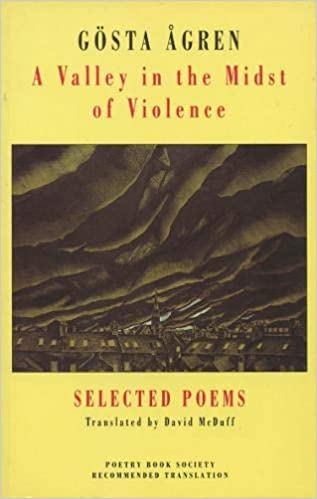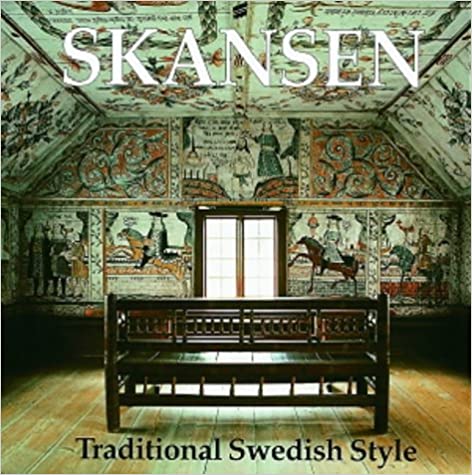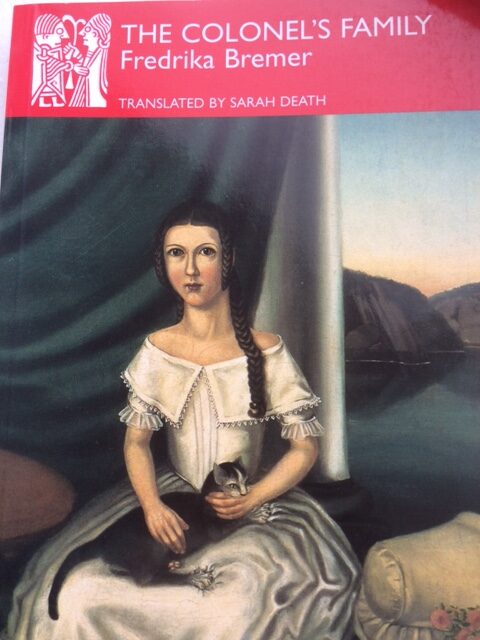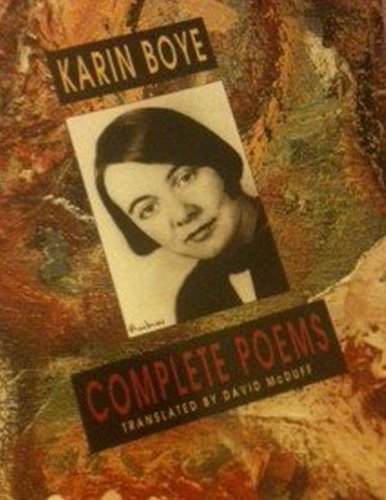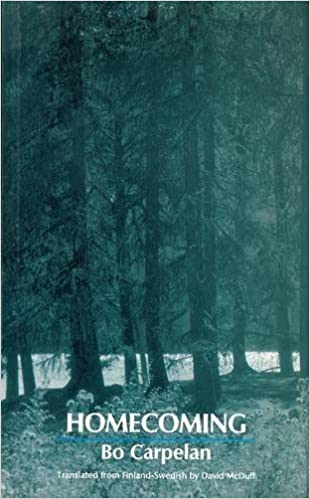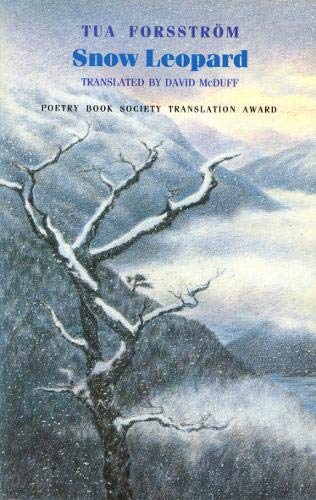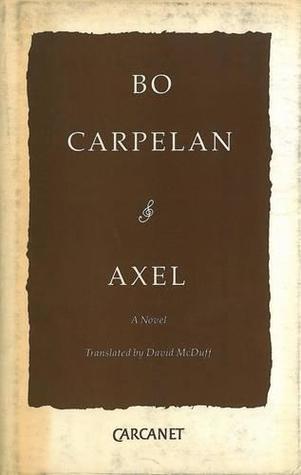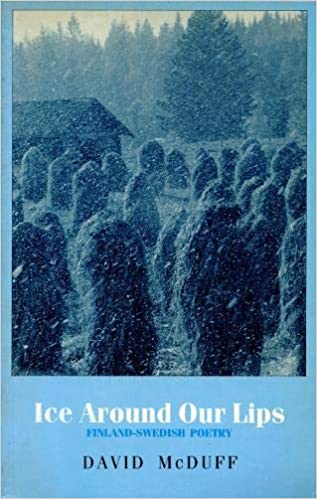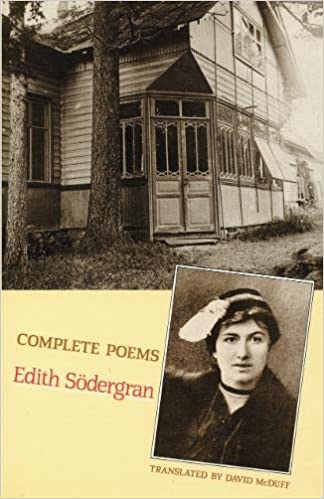Gösta Ågren – A Valley in the Midst of Violence: Selected Poems 1955-1985
Translator: David McDuff
Author: Gōsta Ågren
Publisher: Bloodaxe
Year of Publication: 1997
Gösta Ågren developed an intellectually austere form of aphorism-lyric, which in its concentration and imagistic density looked both inwards to the metaphysical traditions of Finland-Swedish modernism and outwards to contemporary English-language poetry, especially that of R.S. Thomas.
His work is featured in David McDuff’s Finland-Swedish anthology Ice Around Our Lips: ‘Gösta Ågren is the real discovery: an Ostrobothnian quasi-separatist Marxist, he is heavily influenced by R.S. Thomas, but his taut, muscley, short lines remind me, too, of Edward Bond, prismed through a totally Finland-Swedish consciousness… Gösta Ågren has absorbed his modernist predecessors…tough, but compassionate… abstract and imagistic and sensual. He feels like a major poet.’ – Adam Thorpe, Poetry Review. A Valley in the Midst of Violence is based mainly on the collections Cloud Summer (Molnsommar, 1978), Poems in Black and White (Dikter i svartvitt, 1980), That Which Always Is (Det som alltid är, 1982), and The Other God (Den andre guden, 1985). The poems are grouped by Ågren in titled sections which refer to theme, and are not the titles of the original collections.

